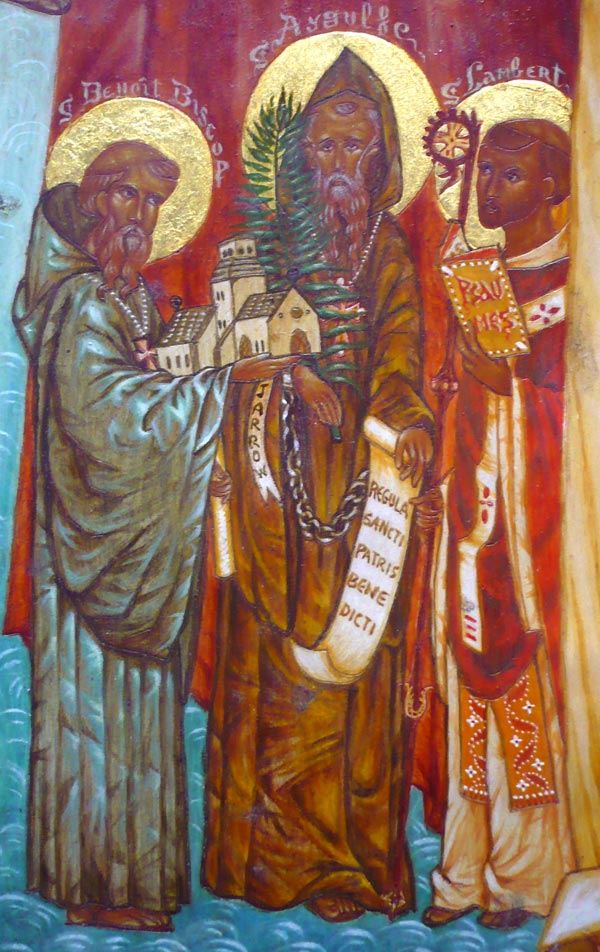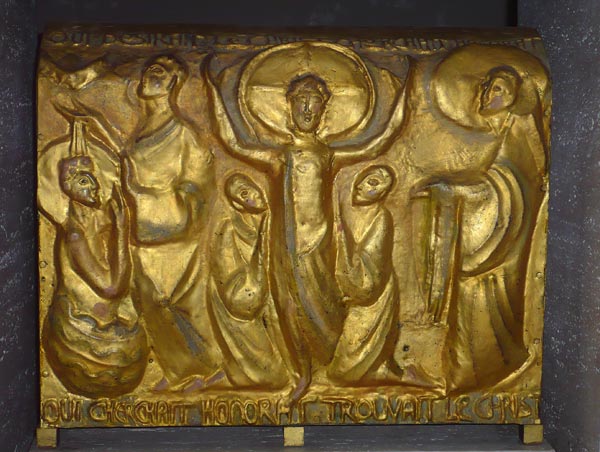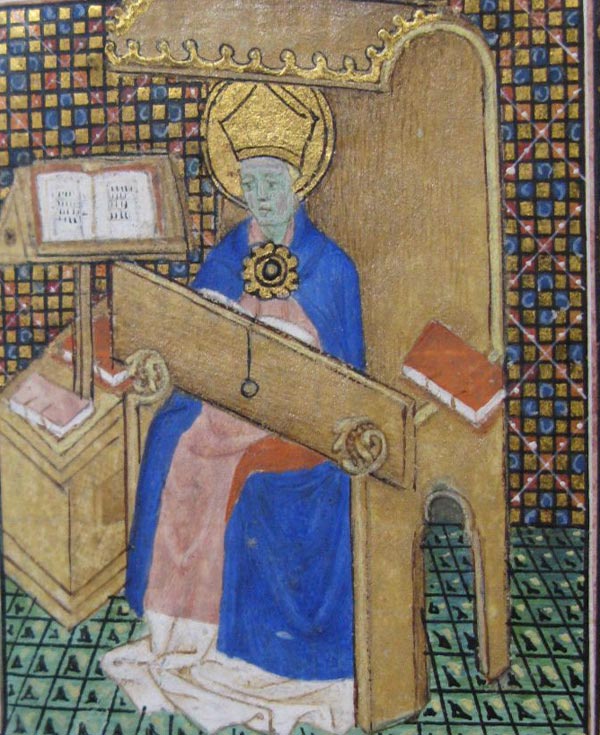A brief history of monasticism
From the end of the 3rd century,
Eastern Christianity began to include monks: these men withdrew from society to deserted places, the desert being, in the Bible, the place of purifying trial and encounter with God.
They lead a life of asceticism, prayer, work and solitude. The undisputed father of this kind of life is the Egyptian Saint Anthony the Great. Born in 251, he led a life of solitude in the Egyptian desert until the age of 105.
His life, written by Saint Athanasius, had a considerable influence on Christian monasticism in both East and West.
Saint Pachomius, also Egyptian, was the father of community monasticism (cenobitic).
He organised the monks who wanted to live in community according to a very precise rule, which also had influences in the East and West.
By the 4th century, monks were found throughout the Middle East (Egypt, Palestine, Syria, Asia Minor and Mesopotamia).
This new form of Christian life spread throughout the West, starting with Gaul and then Provence.
The first centres of monastic life were those of Saint Cassian in Marseille and Saint Honorat in the Lérins Islands, after Saint Martin and his successors had also developed a life of solitude and evangelical influence in western Gaul.


Birth of Benedictine monasticism
In 6th century Italy, the figure of Saint Benedict came to the fore. First a hermit, then a monk and abbot of Subiaco and Monte Cassino, he was to become the legislator of Western monasticism thanks to the monastic rule he wrote for his monastery, which gradually became the rule of the entire Latin Church.
Benedictine monasticism was born. It spread more and more and reached its apogee, and virtual exclusivity, in the 10th century, with the abbey of Cluny (founded in 910).
Cistercian reform
At the end of the 11th century, as part of the Gregorian reform movement, some Benedictine monks wanted to return to the sources of their own tradition.
In 1098, they left their monastery at Molesme with their Abbot, Saint Robert, to found the abbey of Cîteaux, near Dijon.
They were the founders of an order that soon covered Europe with monasteries. Saint Bernard, along with around thirty young noblemen, joined Cîteaux around 1112 and founded the Abbey of Clairvaux in 1115. He remained abbot until his death in 1153.
Through a life of prayer, poverty, simplicity and separation from the world, the Cistercian monks sought to rediscover the purity of the spirit of the Rule of Saint Benedict. It was this spirit that led to the founding of the Abbey of Sénanque, and then to the reopening of the Abbey of Lérins, on the island of Saint Honorat.
